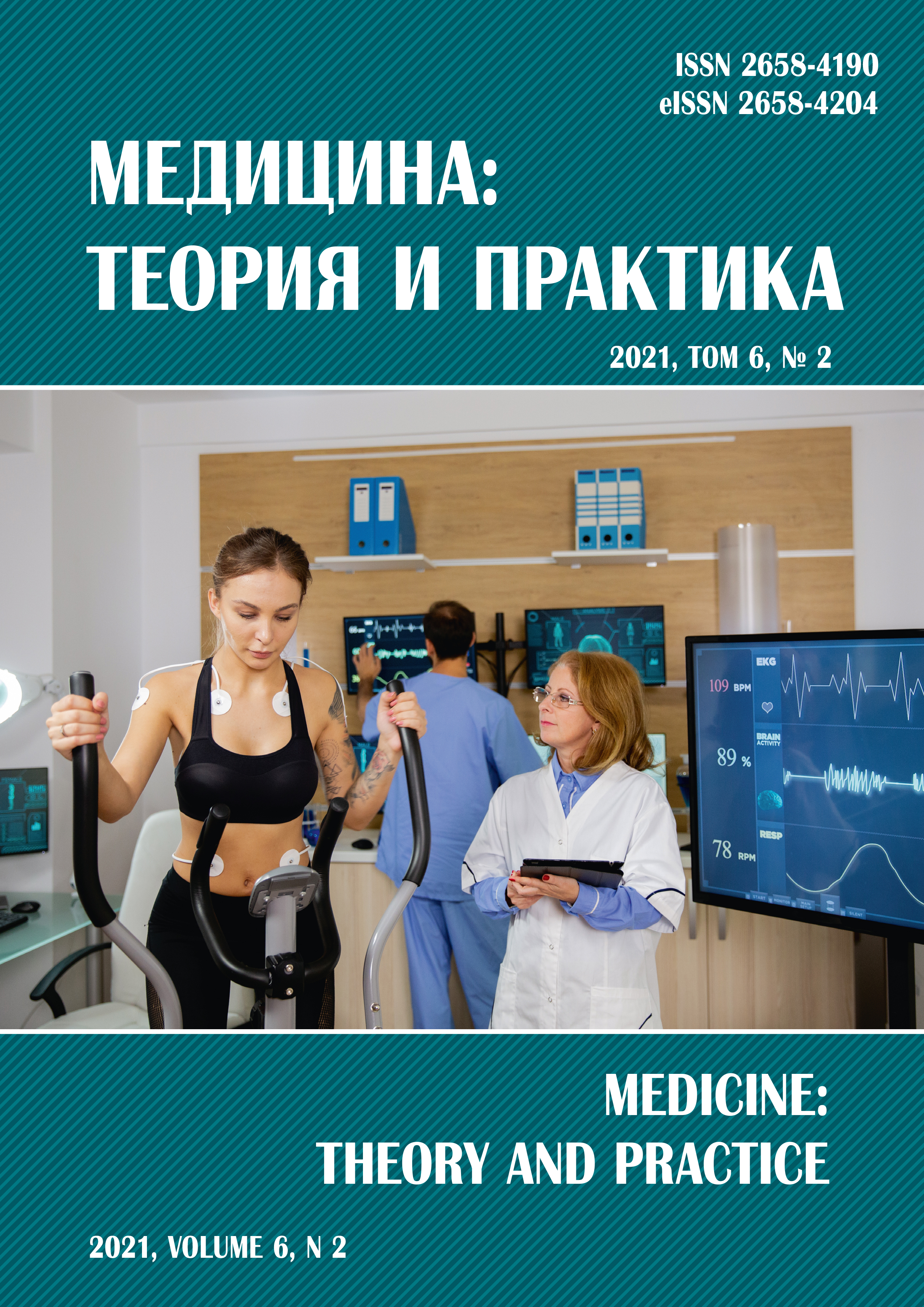СИНДРОМ ВНЕЗАПНОЙ ДЕТСКОЙ СМЕРТИ: ЭПИДЕМИОЛОГИЯ, ФАКТОРЫ РИСКА, ПРОФИЛАКТИКА
Аннотация
Внимание научного общества уже несколько десятилетий сфокусировано на крайне трагичной и до сих пор невыясненной проблеме педиатрии - синдроме внезапной детской смерти (Свдс). Синдром является одной из ведущих причин смертности младенцев, унося тысячи детских жизней каждый год. Число случаев Свдс с годами практически не снижается, что и заостряет на нем интерес ученых всего мира. Данная статья посвящена обзору литературных источников как зарубежных, так и российских, относящихся к вопросам изучения синдрома внезапной детской смерти. Цель статьи - исследовать и структурировать данные о Свдс, выяснить основные причины возникновения синдрома, начиная от плохой организации быта и заканчивая малой развитостью циркадианных ритмов недоношенных новорожденных. В статье приведены понятие о синдроме, историческая справка, освещена актуальность более глубокого ознакомления общественности с вопросом Свдс, представлена статистика встречаемости синдрома в ряду детской смертности, рассмотрены различные гипотезы возникновения Свдс, а также факторы риска. Особое внимание уделено взаимосвязи Свдс и периодического дыхания. Хотя вопрос Свдс активно резонирует в учебных залах, множество практикующих ныне врачей, согласно статистике, не достаточно осведомлены о синдроме и его факторах риска. Осведомленность о факторах риска и профилактика являются наиболее эффективными способами снижения уровня Свдс, отчего все яснее видна большая роль популяризации информации о Свдс.



